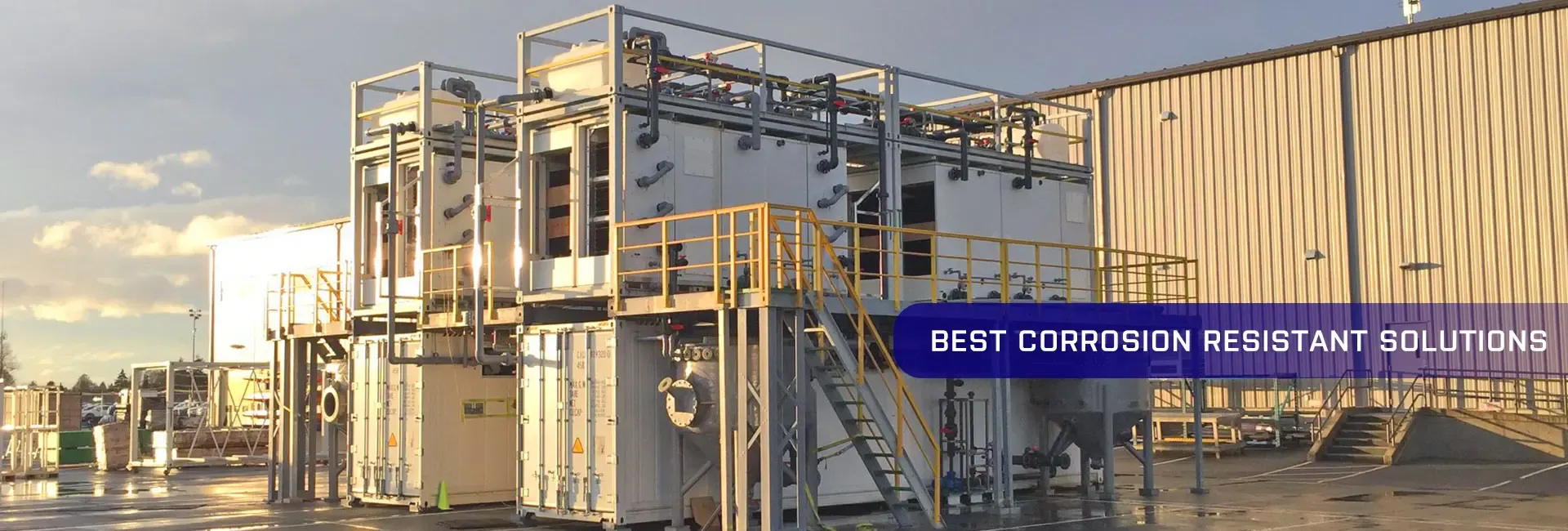
-
 Afrikaans
Afrikaans -
 Albanian
Albanian -
 Amharic
Amharic -
 Arabic
Arabic -
 Armenian
Armenian -
 Azerbaijani
Azerbaijani -
 Basque
Basque -
 Belarusian
Belarusian -
 Bengali
Bengali -
 Bosnian
Bosnian -
 Bulgarian
Bulgarian -
 Catalan
Catalan -
 Cebuano
Cebuano -
 China
China -
 China (Taiwan)
China (Taiwan) -
 Corsican
Corsican -
 Croatian
Croatian -
 Czech
Czech -
 Danish
Danish -
 Dutch
Dutch -
 English
English -
 Esperanto
Esperanto -
 Estonian
Estonian -
 Finnish
Finnish -
 French
French -
 Frisian
Frisian -
 Galician
Galician -
 Georgian
Georgian -
 German
German -
 Greek
Greek -
 Gujarati
Gujarati -
 Haitian Creole
Haitian Creole -
 hausa
hausa -
 hawaiian
hawaiian -
 Hebrew
Hebrew -
 Hindi
Hindi -
 Miao
Miao -
 Hungarian
Hungarian -
 Icelandic
Icelandic -
 igbo
igbo -
 Indonesian
Indonesian -
 irish
irish -
 Italian
Italian -
 Japanese
Japanese -
 Javanese
Javanese -
 Kannada
Kannada -
 kazakh
kazakh -
 Khmer
Khmer -
 Rwandese
Rwandese -
 Korean
Korean -
 Kurdish
Kurdish -
 Kyrgyz
Kyrgyz -
 Lao
Lao -
 Latin
Latin -
 Latvian
Latvian -
 Lithuanian
Lithuanian -
 Luxembourgish
Luxembourgish -
 Macedonian
Macedonian -
 Malgashi
Malgashi -
 Malay
Malay -
 Malayalam
Malayalam -
 Maltese
Maltese -
 Maori
Maori -
 Marathi
Marathi -
 Mongolian
Mongolian -
 Myanmar
Myanmar -
 Nepali
Nepali -
 Norwegian
Norwegian -
 Norwegian
Norwegian -
 Occitan
Occitan -
 Pashto
Pashto -
 Persian
Persian -
 Polish
Polish -
 Portuguese
Portuguese -
 Punjabi
Punjabi -
 Romanian
Romanian -
 Russian
Russian -
 Samoan
Samoan -
 Scottish Gaelic
Scottish Gaelic -
 Serbian
Serbian -
 Sesotho
Sesotho -
 Shona
Shona -
 Sindhi
Sindhi -
 Sinhala
Sinhala -
 Slovak
Slovak -
 Slovenian
Slovenian -
 Somali
Somali -
 Spanish
Spanish -
 Sundanese
Sundanese -
 Swahili
Swahili -
 Swedish
Swedish -
 Tagalog
Tagalog -
 Tajik
Tajik -
 Tamil
Tamil -
 Tatar
Tatar -
 Telugu
Telugu -
 Thai
Thai -
 Turkish
Turkish -
 Turkmen
Turkmen -
 Ukrainian
Ukrainian -
 Urdu
Urdu -
 Uighur
Uighur -
 Uzbek
Uzbek -
 Vietnamese
Vietnamese -
 Welsh
Welsh -
 Bantu
Bantu -
 Yiddish
Yiddish -
 Yoruba
Yoruba -
 Zulu
Zulu
frp dual lamination product
The Significance of FRP Dual Lamination Products in Modern Engineering
In recent years, the demand for advanced materials in engineering applications has significantly increased, particularly in sectors such as construction, automotive, aerospace, and marine industries. One innovation that has garnered considerable attention is the FRP (Fiber Reinforced Plastics) dual lamination product. This technology combines the benefits of fiber reinforcement with advanced lamination techniques, resulting in a material that is lightweight, strong, and highly resistant to environmental conditions.
Understanding FRP Dual Lamination
FRP dual lamination involves the application of two layers of reinforcing fibers bonded together with a polymer matrix, resulting in a composite structure that exhibits enhanced mechanical properties. The primary reinforcement typically consists of fiberglass, carbon fibers, or aramid fibers, strategically arranged to optimize strength and stiffness. The dual lamination process not only improves structural integrity but also minimizes the risk of delamination, ensuring that the composite performs reliably over time.
The polymer matrix, often epoxy or vinyl ester, provides excellent adhesion and protection against moisture, chemicals, and UV radiation. This synergy among the reinforcing fibers and matrix leads to products that can withstand harsh environments, making them ideal for a variety of applications.
Applications and Benefits
The versatility of FRP dual lamination products makes them a preferred choice across various industries. In construction, for instance, these materials are utilized in building facades, bridges, and structural reinforcements. Their lightweight nature reduces the overall load on structures, while their high strength enables engineers to design slimmer, more efficient elements without compromising safety.
frp dual lamination product

In the automotive sector, FRP dual lamination plays a crucial role in manufacturing components such as body panels, chassis parts, and internal structures. The reduction in weight can significantly enhance fuel efficiency and performance, a critical factor in today’s automotive market where sustainability is paramount.
The aerospace industry also benefits from these advanced materials. The construction of lightweight aircraft components results in lower fuel consumption and increased payload capacity. Furthermore, the corrosion resistance of FRP is advantageous in applications exposed to the harsh conditions of flight.
Marine applications are another area where FRP dual lamination products shine. They can be found in boat hulls, decks, and other critical components. The ability to resist saltwater corrosion and UV degradation ensures durability and longevity, crucial attributes for vessels operating in challenging marine environments.
Environmental Considerations
Amid rising concerns over environmental impact and sustainability, FRP dual lamination products provide a viable solution. Their lightweight nature leads to reduced energy consumption during transportation and installation, making them eco-friendly alternatives compared to traditional materials like steel and concrete. Furthermore, many FRP composites can be designed for recyclability, aligning with the growing emphasis on sustainable practices across various industries.
Conclusion
As we move towards a more innovative future, the significance of FRP dual lamination products cannot be overstated. Their combined strength, lightweight properties, and resistance to various environmental factors position them as a cornerstone in modern engineering applications. The versatility of these materials promotes their adoption across industries, paving the way for more efficient, sustainable, and resilient designs. Whether in construction, automotive, aerospace, or marine sectors, the advancements in FRP technology will undoubtedly contribute to shaping a smarter and greener tomorrow. As research and development in composite materials continue to evolve, the full potential of FRP dual lamination products will be realized, driving further innovation in structural engineering and beyond.









